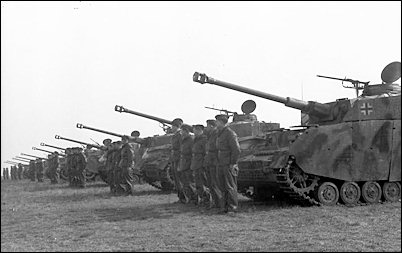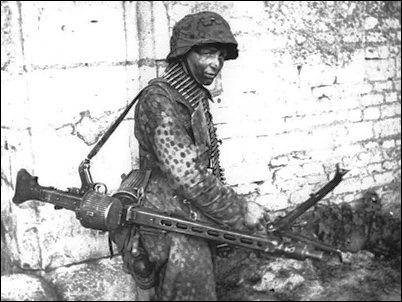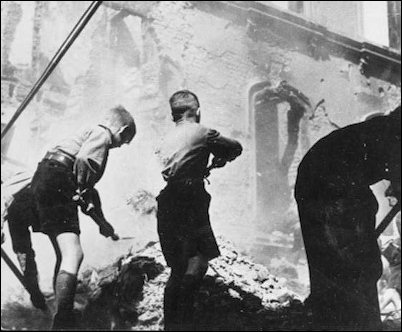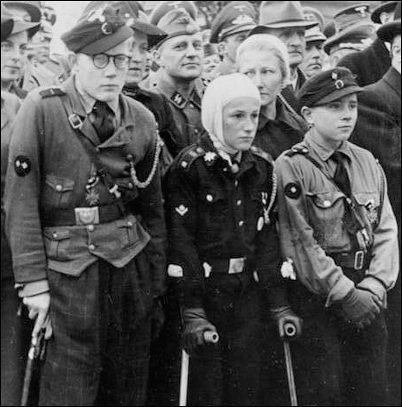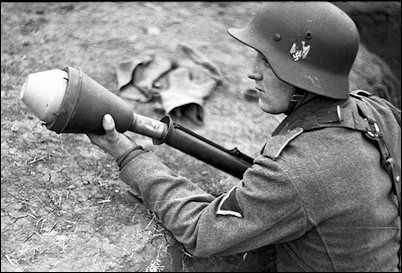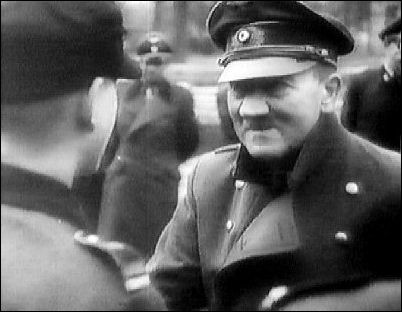Standing For Her
By Mickey Bennett
Sieracki
Mary Catherine Connor sadly stood at attention, watching the
Japanese flag slowly rise to the top of the flagpole in front of the American
High Commissioner’s Office in Manila Manila
A family friend had been listening to his radio and rushed
over to the Connor home to tell them of an attack on Pearl
Harbor . Disbelief and shock were soon followed by grim reality the
next day as the Japanese bombed Clark Air Force base, north of Manila Pasig Manila
As people considered what the coming of the Japanese would
mean, there were those who reflected at the horror that had occurred just 4
years previously in Nanking . Mary’s family had
all read of the atrocities committed against the civilian residents of Nanking , the rapes, murders and torture of men, women and
children by the Japanese troops.[2]
Mary’s mother, looking at her three teenaged daughters could not bear the
thought of what might happen to them. The High Commissioner’s office had
confirmed there would be no evacuations of American civilians, so she
considered her options. Near their home was a small drugstore, the Botica
Batallones. A discreet phone call brought a delivery of 5 vials of cyanide.
They would not have to endure long if the fury of the Japanese was unleashed
again.[3]
But Mary and her sisters were young, and the blood of
Basque, Irish, and English adventurers and soldiers ran strong in their veins.
They would survive. Faced with this determination and courage, her mother began
new preparations. She began gathering supplies: sleeping mats, toilet paper, two
cans of oatmeal per person, one pack of prunes and sugar per individual, and
more. A shelter was set up under one side of the house. Pails of water were
filled for personal use and, if necessary, to put out fires. Then they waited.[4]
On January 2nd the Japanese marched into Manila
When the flag-raising ceremony was over, the staff was held
on the premises for about 36 hours, and then moved to a private home where they
were held for some months. It was a fairly large home and easily accommodated
most of the staff. Father Kelly from the nearby Malate Church Episcopalian Church
Almost immediately, Mary fell ill with acute appendicitis.
She was fortunate that early on, the staff prisoners were treated well. She was
sent to a local hospital and operated on. During her convalescence she heard of
the fall of Bataan , and within days a
terrified Mary watched from the hospital as the surviving American soldiers
were marched through Manila Cabanatuan
The weeks dragged by. Word got through sporadically to the
staff about events on the outside. Mary was able to get a letter through to her
brother in the U.S. University of Santo Tomas Manila
In late October the staff were given the choice of joining
the American consular group at another residence in Pasay City Manila
When Mary first entered Santo Tomas, her father escorted her
through the camp showing her where everything was, stopping to greet old
acquaintances from pre-war days. As they were moving around the complex, they
came across a group of men chatting on the steps of one of the buildings. Her
father introduced her to one of them, a businessman he had known slightly
before the War. It was Henry Bennett, a Manila stockbroker. He would come to be
the most important person in Mary’s life.
Henry had come out to Manila Manila
Henry turned to one of his close friends in the camp, a
Dominican priest, who agreed to help the couple, even at the risk of severe
punishment. A secret wedding ceremony was held in 1943. Shortly after that the
Japanese finally agreed to marriages in camp. Henry and Mary went through the
formal process in order to allay any suspicions of the secret marriage, and on May 31, 19 44
Mary and her new husband were free at last – ready to begin
a new life. Their world for three years had been the confines of Santo Tomas.
They all suffered from a host of illnesses: beriberi, severe malnutrition,
fatigue, and anxiety. Henry had contracted tuberculosis as well as
hepatitis. Mary had gone from a healthy
140 lbs down to 90.[15] The
average loss of weight in the camp was 51 pounds for men and 32 pounds for
women.[16] Catching
up on three years worth of news began – some happy, much heartbreaking. Henry’s father had died during the internment
years; Mary’s beloved grandparents in New York had both died, not knowing what
had happened to their son’s family. Mary’s cousin Betty and her mother were
found dead outside their home in Manila, victims of the final bombing of
Manila. Next to their bodies was a dead Japanese soldier with a grenade
clutched in his hand. There were some happy surprises. Her brother had gotten
married in the States. Mary’s Uncle William appeared one day walking up to them
in Santo Tomas – he had just been released from a slave labor camp in Manchuria,
where he had been sent after surviving the Bataan Death March and the initial
camp at Cabanatuan. At first they did not recognize him. Everyone thought he
had died during the Death March along with his cousin. [17] [18]
The surviving internees and their civilian population had
stood the test of fire – and literally so. The great city of Manila was put to
the torch in the course of its liberation by the American forces. As the
Japanese retreated, they went on a killing rampage. Corpses floated in the
Pasig River and lay unburied in the rubble of the streets of the city. The
destruction was so complete streets could hardly be recognized. In churches and
chapels and in their own courtyards the dead lay stacked like cordwood. All
places of refuge became the halls and fields of death as the Japanese threw
grenades and burned buildings. In a swimming pool in one area there was no
longer water – it was filled with bodies. In an ironic and tragic note, as the
Japanese forces withdrew from places where their own wounded lay, their General
came and issued grenades to those soldiers who could not walk to ensure them a
merciful death, for the buildings were going to be fired.
In February 1945 Mary Connor Bennett again found herself
standing at attention in a courtyard. But this time it was to watch the
American flag raised. The courtyard was filled with a ragged mass of emaciated
people. All focused their eyes with tears streaming from them on the American
flag. The crowd’s voices lifted in a heartfelt rendition of “God Bless America
In January of 2008, Mary Connor Bennett sat in a wheelchair
in an assisted living facility in Roseville ,
MN America
On March
6, 2008 , Mary Connor Bennett took leave of her three daughters at
her bedside and joined her beloved husband forever. We stand for her now.[22]
The Battle of Manila (February 3, 1945 – March 3, 1945) was a major battle of the Philippine campaign of 1944-45 during World War II that was fought by the American and Filipino forces against the Empire of Japan in Manila, the capital city of the Philippines
[1]
Morton, Louis, The US Philippines
[3] Personal
Recollections of Frances Connor O’Keefe as related to her niece, Mickey Bennett
Sieracki
[4] Personal
Recollections of Mary Catherine Bennett as related to her daughter, Mickey
Bennett Sieracki
[5] Dialogue, A
publication of the Thomas Jefferson Information Center (TJIC), Public Affairs
Section, U.S. Embassy, Manila, Volume 2, No. 2, April 2001
[7] Personal
Recollections of Mary Catherine Bennett as related to her daughter, Mickey
Bennett Sieracki
[8] Personal
Recollections of Mary Catherine Bennett as related to her daughter, Mickey
Bennett Sieracki
[10] The Liberation Bulletin of Philipine
Internment Camp No. I at Santo
Tomas University Manila , Philippines February 3, 1945
[12] The Liberation Bulletin of Philipine
Internment Camp No. I at Santo
Tomas University Manila , Philippines February 3, 1945
[13]
Ralph DioGuardi, Roll Out The Barrel…The Tanks
Are Coming: The Liberation of the Santo Tomas Internment Camp, A Merriam Press
Original Publication, Military Monograph MM20
[15] Letter
from Mary Catherine Bennett to her sister-in-law Thelma Bennett Grundl, 1945
[16] The Liberation Bulletin of Philipine
Internment Camp No. I at Santo
Tomas University Manila , Philippines February 3, 1945
[18] Doll,
John G., The Battling Bastards of Bataan ”, A
Merriam Press Original Publication, Military Monograph MM36
[20]
Interview with Mary Catherine Bennett by her daughter, Mickey Bennett Sieracki,
2000











